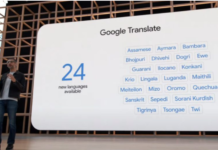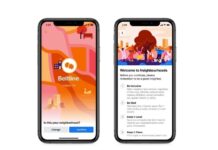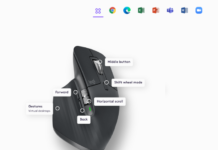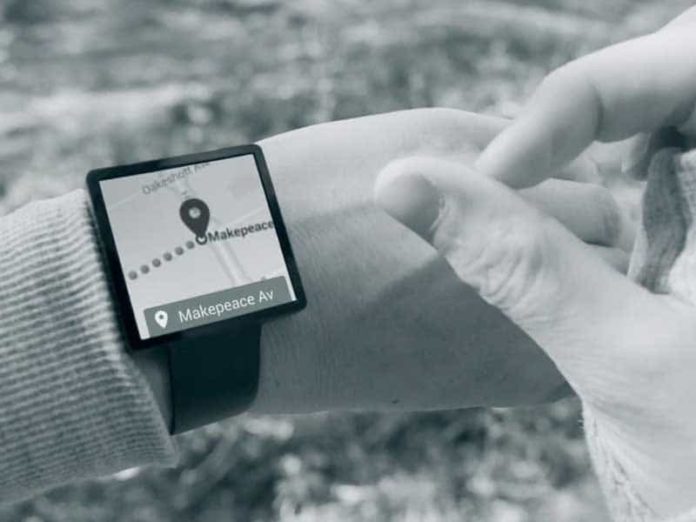Project Soli: Google inches closer to making gesture-controlled radar technology a reality
Google unit won approval from the Federal Communications Commission (FCC) for the further study to deploy a radar-based motion sensing device known as Project Soli.
Though the project debuted in 2015 starring a gesture-controlled watch, Google’s Project Soli was unable to effectively progress after 2016 due to Federal Communication Commission power restrictions.
The project is being developed at Google’s “Advanced Technology and Projects” (ATAP) division. The search engine giant has teased a few prototypes over the years but hasn’t said much about Soli publicly since its last update at Google I/O in 2016. Google’s ATAP division was started by Regina Dugan, the former head of DARPA, back when Google-owned Motorola.
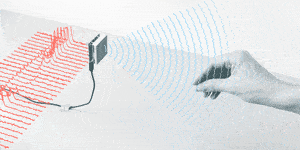
The Federal Communications Commission (FCC) said in an order late on Monday that it would grant Google a waiver to operate the Soli sensors at higher power levels than currently allowed. The FCC said the sensors can also be operated aboard aircraft.
The FCC said the decision “will serve the public interest by providing for innovative device control features using touchless hand gesture technology.”
A full copy of the FCC ruling can be found here.
Project Soli is a new way of touchless interactions. Project Soli’s goal is to build a tiny radar system on a chip. It is a sensing technology that uses miniature radar to detect touchless gesture interactions. Talking about some of the devices where Project Soli can be embedded include wearables, smartphones, speakers, media players, computers, cars and IoT devices.
The Project Soli chip brings including reduced power consumption, roughly 5 percent improvement from the original chip. The new Soli chip also reduces computational power.
If you liked this article, then please subscribe to our YouTube Channel. You can also search for the latest tech news and follow us on Twitter, Facebook, and LinkedIn.








